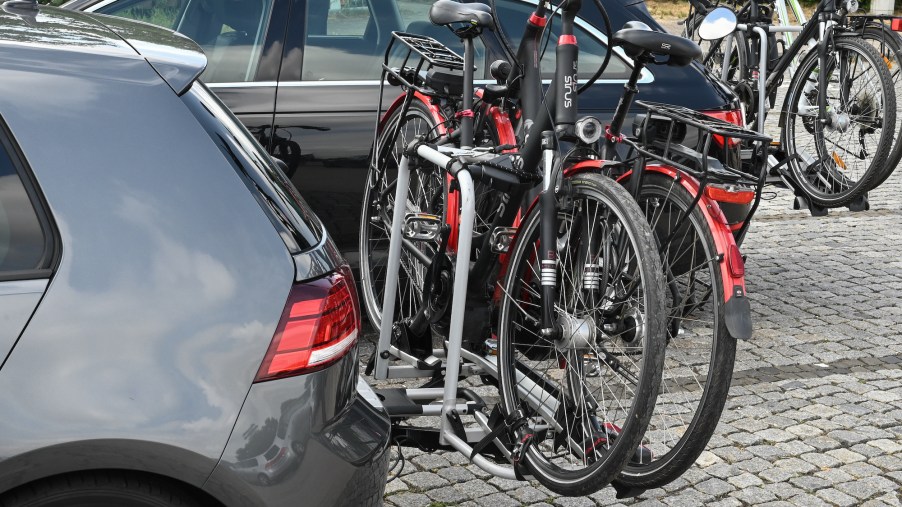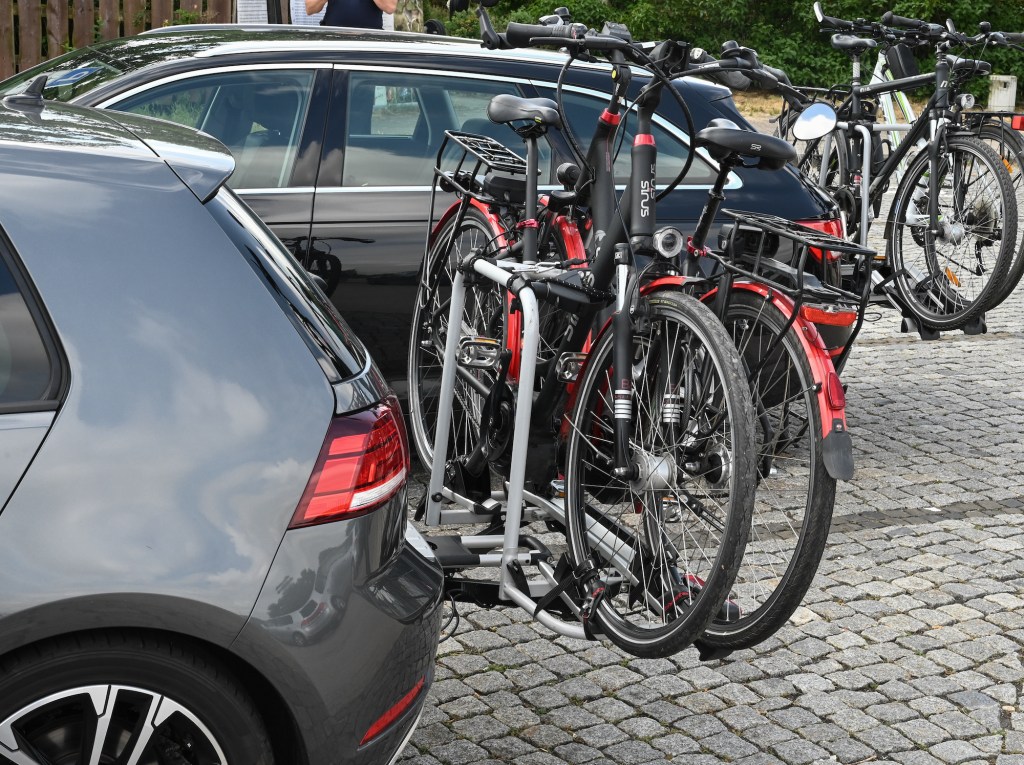
The Worst Bike Rack Problems and How You Can Avoid Them
Bike racks are some of the most functional car accessories. They allow you to fasten your bicycle securely to the outside of your vehicle. Several types are available, all of them freeing up valuable cargo space in smaller cars.
However, first-time buyers might have trouble deciding which model is right for their vehicle. Additionally, they might not be aware of the potential problems these products can cause. Here are some of the biggest complaints associated with bike racks.
The 4 types of bike racks

The most common type of bike rack is the trunk-mounted kind, attached to the rear of a car. Trunk-mounted racks are designed to fit the widest range of vehicles and are often the cheapest. Some drivers also might consider these models more secure than fastening bicycles to the vehicle’s roof, BackRoads reports.
Roof-mounted racks still have advantages, though your car should have roof racks to accommodate them. They’re still secure, easy to install, and foldable for storage when not in use. Roof-mounted ones also don’t obscure your taillights and license plate.
A hitch-mounted bike rack clamps securely to the towing point of your vehicle. Although these models are typically heavier than other options, most can carry up to five bikes. Many can also be tilted so that you can access the car’s trunk without too much hassle.
Spare tire–mounted bike racks are much more affordable, with some equipped to hold up to three bicycles. Aside from a spare tire, you don’t need any additional equipment to use these accessories. No tools are usually required for installation, and these models are easy to remove if needed.
What are the most common issues related to bike racks?
Although most bike racks can accommodate a couple of bicycles, some consumers don’t consider various sizes. For example, a rack might accommodate three child-sized bikes but struggle with three adult-sized ones. Improperly fitted bikes (and sometimes your vehicle) can often become damaged in transit as a result.
Similarly, a rack that’s worn out can fail during the trip, possibly detaching from the vehicle. BikerGuyD cautions against stolen bicycles. Though the racks are easy to install and detach, they’re also perfect targets for speedy thieves.
Roof-mounted racks add additional height to your vehicle, so you likely can’t enter a parking garage with them attached. According to Consumer Reports, roof-mounted bike racks can also lower your vehicle’s gas mileage.
According to CR’s testing, a roof-mounted rack with two bicycles caused a fuel reduction of 19% to 28%, depending upon the vehicle’s size. By comparison, a hitch-mounted rack caused as little as a 12% reduction in mileage. Even empty, both roof racks caused the vehicles to consume slightly more fuel.
Plus, some bike racks might not adhere to safety regulations. In many states, it’s illegal for your license plate to be covered in any way. You can also get a ticket for choosing the wrong bike rack for your vehicle’s size or improper installation, BicycleUniverse reports.
How to avoid problems
Before loading your bicycles, ensure the rack is properly secured to your vehicle. The bikes should fit properly so that you needn’t stretch the loading straps more than the manufacturer intended. The bicycles should also be high off the ground so that they don’t drag on the asphalt.
Replace damaged or worn-out components of your bike rack as soon as possible. If you have to take a rest stop during the drive, leave someone to watch the bikes, or buy extra cable locks.


